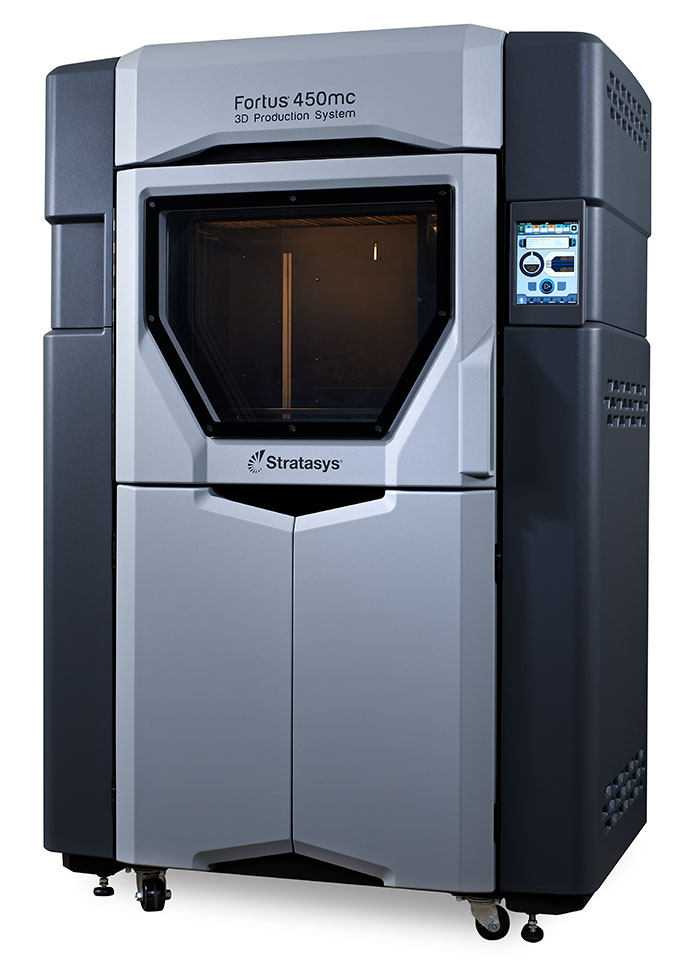

2009), ‘membrane sandwich’ method (Anderson et al. More intricate designs would lead to increased manufacturing complexity through methods such as direct projection on dry-film photoresist (Zhao et al. Such fabrication methods generally produce microfluidic chips with two-dimensional (2D) planar designs (Capel et al.

Other fabrication methods include embossing, injection molding, and laser ablation (Fiorini and Chiu 2005). The fabrication of most microfluidic chips relies on photolithography technology with elastomeric material, such as poly (dimethylsiloxane) (PDMS), for making the microfluidic device. 2010).įor biological applications, the dimensions in microfluidics are generally designed in the range of 100–1000 microns, unless single-cell analysis is intended for the microfluidic chip which requires small scales (Young and Beebe 2010). 2013a, b) and droplet-based encapsulating microfluidic device have been widely investigated (Chan et al. 2008), rotation flow of two parallel inlet channels with opposite flows (Ota et al. Hence, microfluidic design such as physical traps (Wu et al. In addition, multi-cellular tissue spheroid formation is an area that has garnered much attention for a variety of applications, including drug testing in cancer research and more recently as the building block for the 3D printing of organs. The application of microfluidic systems in tissue engineering studies includes processing of biomaterials and cell sorting and focusing (Bhagat et al. Moreover, several performances can be integrated within a single chip which isolate cells and perform DNA analysis (qPCR) (Rival et al. 2010), and bioreactor for coculture and maturation of microorgans. 2011), pharmacological testing (Kuo et al. 2007), biosensor and diagnostic (Moltzahn et al. In particular, some biological applications include cell sorting and isolation (Benavente-Babace et al. Results showed that 3D printing techniques were successful in making intricate microscale architectures and have the potential of greatly simplifying the manufacturing process.įirst developed in the 1970s as a gas chromatograph, the microfluidics, also known as lab-on-chips or micrototal analysis systems (μTAS), has been explored by various industries for diverse applications. The capability of 3D printing was demonstrated by printing a number of microfluidic devices such as rotational flow device and gradient generator. The printing resolution, accuracy, repeatability, surface roughness, wetting ability, and biocompatibility of the printed microfluidic chips were characterized. Microfluidic features were fabricated using two most widely used 3D printing technologies namely the inkjet printing and filament deposition techniques. 3D printing, as an emerging fabrication technique, was investigated in this paper. The increasing prevalence and complexity demand a highly adaptable fabrication method for the rapid and convenient production of these microfluidic systems. Microfluidics has found ubiquitous presence in biological applications such as tissue spheroid fabrication and pharmacology investigation.


 0 kommentar(er)
0 kommentar(er)
